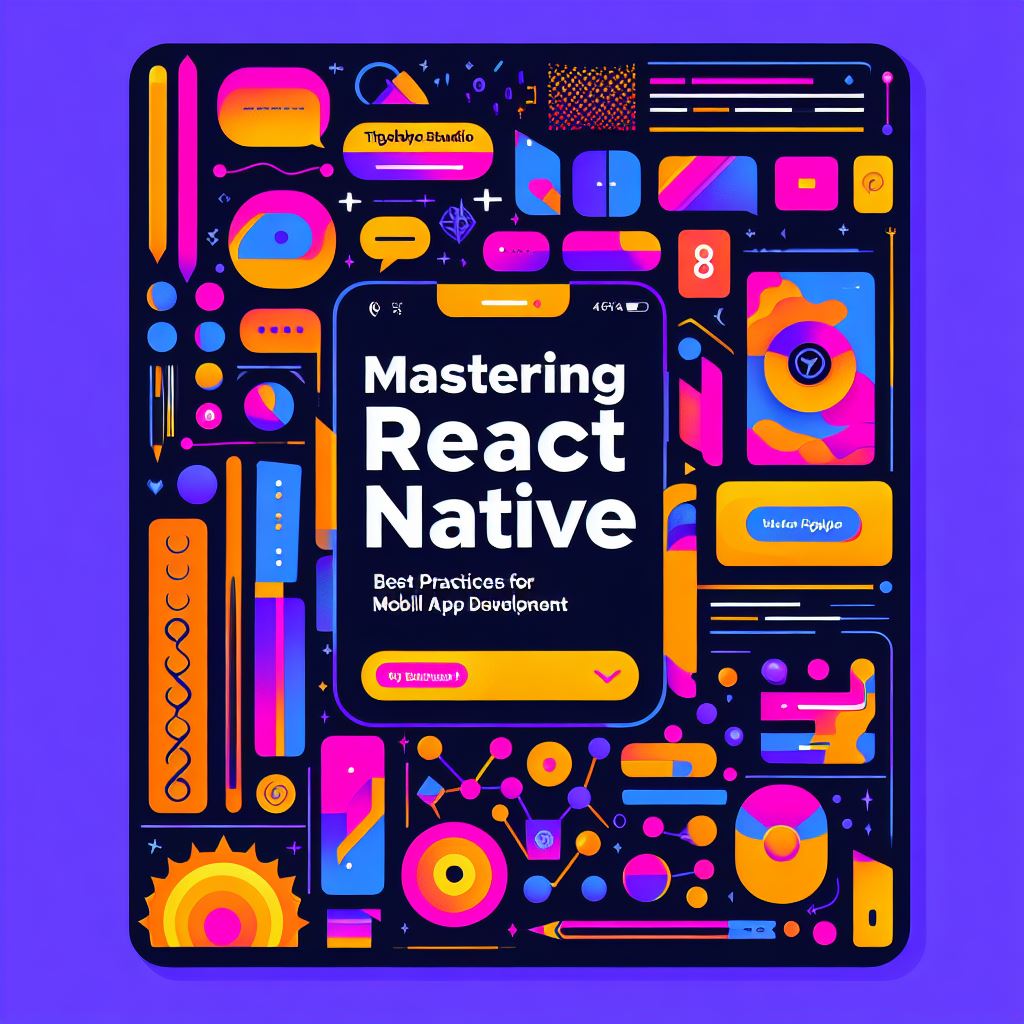
In the fast-paced world of mobile app development, it's essential to stay at the forefront of technology to create powerful, efficient, and user-friendly applications. React Native, a popular framework developed by Facebook, has emerged as a game-changer, offering a way to build cross-platform mobile apps with the power of JavaScript. For businesses and developers seeking the perfect balance between speed, performance, and cost-efficiency, React Native is often the top choice.
This article will take you on a journey through the world of React Native, exploring its capabilities, best practices, and how TigerByte Studio can help you leverage this technology to create outstanding mobile apps.
What Is React Native?
React Native is an open-source JavaScript framework that allows developers to build native mobile applications for iOS, Android, and even the web. By using a single codebase for multiple platforms, React Native streamlines the development process, reducing time and costs. It combines the best of both worlds: the agility of web development and the performance of native development.
Key Advantages of React Native:
-
Cross-Platform Development: Write code once and use it on both iOS and Android platforms. This approach saves time and ensures consistency across devices.
-
Cost-Effective: Building a single codebase for multiple platforms significantly reduces development and maintenance costs.
-
Hot Reloading: React Native offers a feature known as "hot reloading," which allows developers to instantly see the effects of code changes. This feature speeds up the debugging and testing process.
-
Large Ecosystem: React Native has a vast and active community, providing access to numerous libraries, modules, and plugins, making it easier to expand functionality.
Best Practices for React Native Development:
-
Structured Codebase: Maintain a well-organized codebase, ensuring easy navigation and collaboration within your development team.
-
Optimized Performance: Pay attention to performance optimization, using techniques like code splitting and reducing unnecessary re-renders.
-
Responsive UI/UX: Focus on creating a responsive and engaging user interface that provides a smooth user experience across different devices.
-
Testing and Debugging: Implement robust testing practices and debugging tools to catch and rectify issues early in the development process.
-
Security: Address security concerns, especially if your app handles sensitive data, by using proper encryption and authentication techniques.
Why Choose TigerByte Studio for Your React Native Project?
TigerByte Studio specializes in React Native development, offering a team of experienced developers ready to bring your mobile app ideas to life. We follow industry best practices, ensuring your app is fast, efficient, and secure.
Our collaborative approach involves you in every step of the development process, from concept to launch. We take pride in delivering high-quality, cross-platform applications tailored to your business needs.
Conclusion:
React Native has revolutionized mobile app development, offering an ideal combination of cross-platform capabilities, performance, and cost-effectiveness. To succeed in this highly competitive landscape, you need a trusted partner like TigerByte Studio. With a track record of successful React Native projects, we can help you navigate the intricacies of app development, ensuring your project is a resounding success.
If you're ready to embark on your React Native journey with TigerByte Studio, contact us today. Your dream app is just a click away!
Stay tuned for more articles on React Native and app development best practices from TigerByte Studio.

